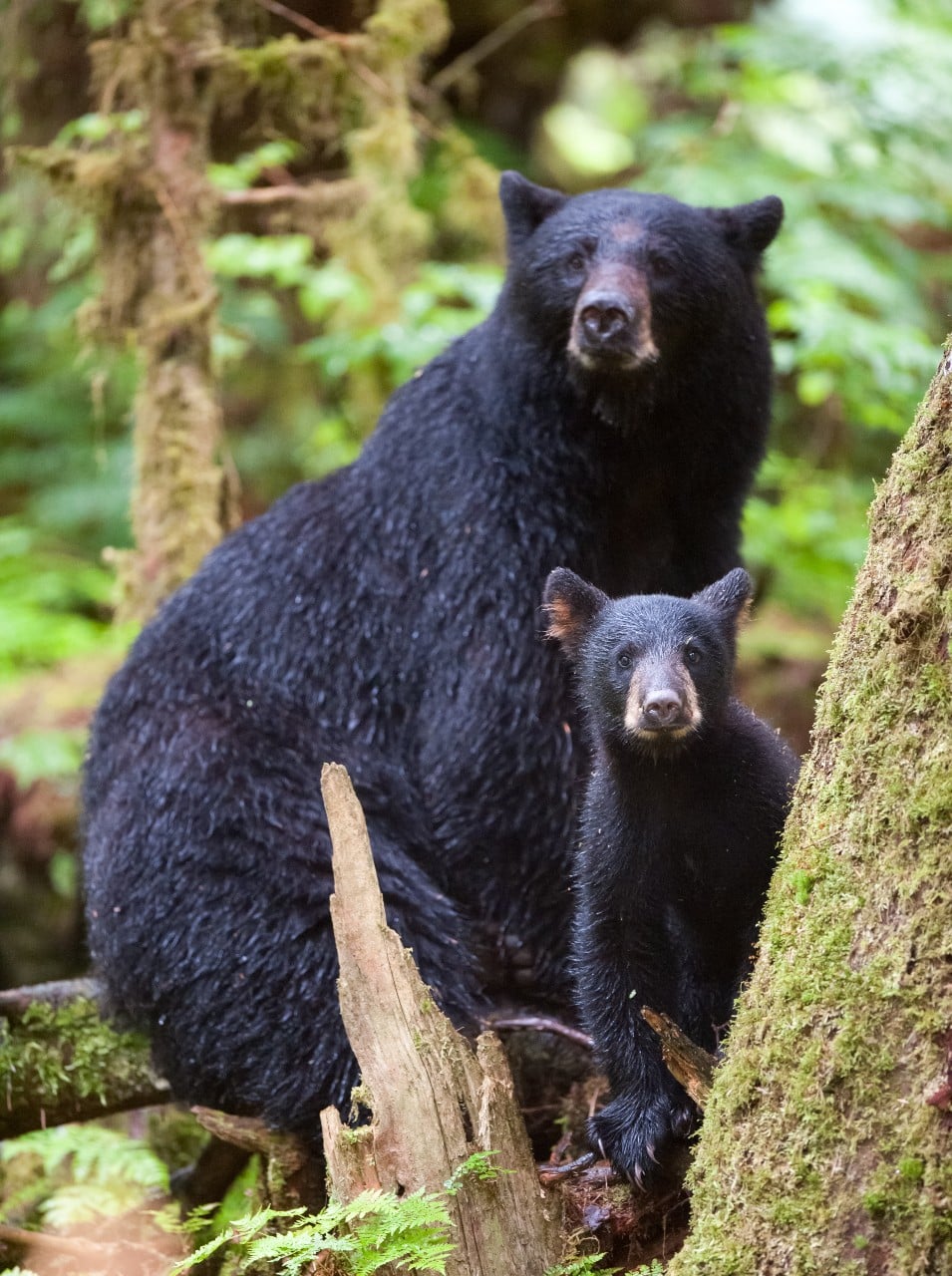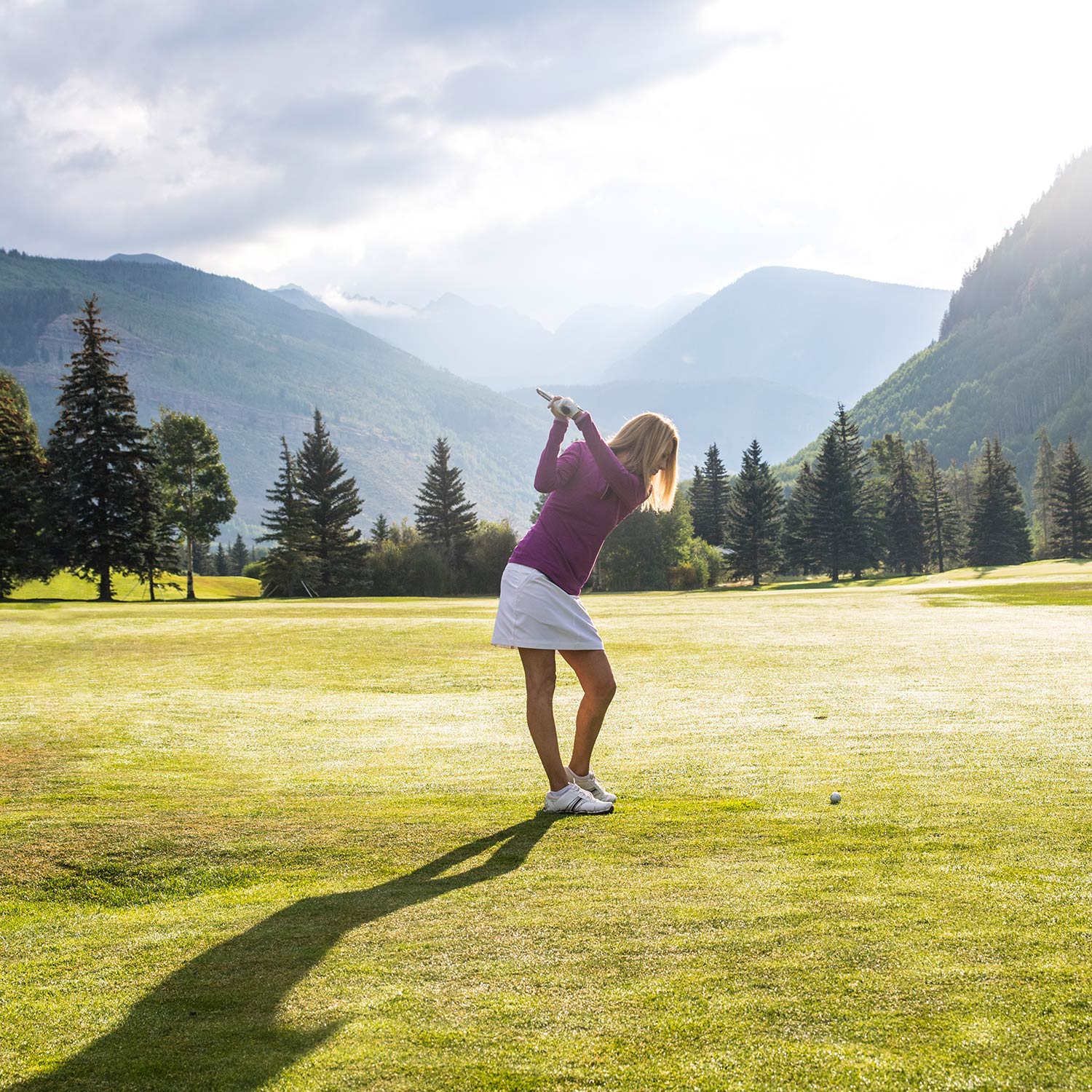
The Stories of Vail
Did you know…?
Bear Statues
Black bears are the only bear species found in the Vail Valley. They’re spotted on hiking trails and other areas in the mountains. You may also occasionally find them in and around town.
Around town?
Yes. In town, they’ve been seen:
- Going through trash
- Roaming through yards
- Walking on streets, roadways or paths
- Wandering through neighborhoods
- Napping in trees
Why Do They Come Into Town?
Black bears will always have their eyes open for easy food they can find in and around Vail. Once they find food in a certain place, they’ll repeatedly come back to that place. As omnivores, black bears pretty much eat anything. Berries, nuts, fruits and plants make up the bulk of their diet. They get their protein from insects, fish and scavenged carcasses. They can easily detect the aroma of food from five miles away.
Can Anything Be Done to Deter Them?
Yes. Vail has wildlife protection measures that require bear-proof trash enclosures at our businesses and in our neighborhoods. Never feed the bears. Don’t leave food in your vehicle or use car air fresheners that may attract bears with an alluring smell. Keeping bears wild and in the wild helps us all co-exist peacefully.
What should I do if I encounter a black bear, in town or in the wild?
If a bear comes near you, do your best to chase it away. Yell. Blow a whistle. Clap your hands. Make loud noises. Never approach or corner a bear. Keep your dog on a leash or close at hand at all times. If you see a bear acting aggressively toward people, pets, livestock or property, call 911. You can also call our non-emergency number for help if a bear has become a nuisance in the area: 970.479.2200.
What else do I need to know about black bears?
Black bears can run up to 30 mph. They’re also mighty climbers. They teach cubs to climb trees to escape danger. Black bears are intelligent, adaptable and resourceful. They’re powerful and strong. While they’re not naturally aggressive and don’t typically attack or injure people, a bear on a quest for food only cares about the food. It may lash out at anyone or anything in its way.
Black Bears by the Numbers
- 20,000: Number of calories per day black bears need to eat each fall to store up fat for hibernation
- 100 to 900: Weight (in pounds) of an adult male black bear
- 85 to 500: Weight (in pounds) of an adult female black bear
- 20: Average lifespan in the wild (in years)
- 4 to 6.5: Length (in feet) from nose to tail
- 2 or 3: Average number of cubs a mama black bear gives birth to every other year
- 1: Average number of black bears you’ll see together – unless it’s mating season, or a mama is tending to her cubs. Black bears are loners.
Join our newsletter
Sign up for the latest news and events
"(Required)" indicates required fields



